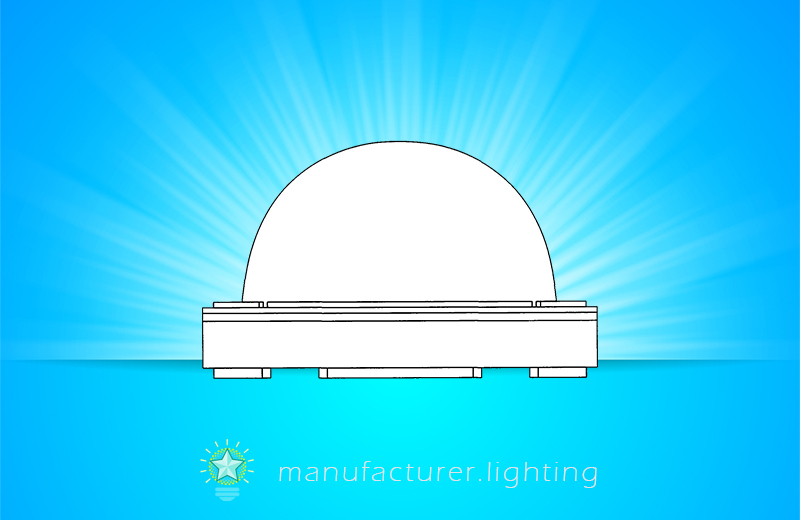
A light-emitting diode (LED) is a semiconductor device capable of creating light when undergoing an electrical current. The color of light emitted by an LED is affected by the type of semiconductor material used therein. Based on the semiconducting material used, LED chips can deliver light in a variety of colors. A multi-color LED is an electronic device integrating light-emitting diodes of more than one color. Dependent upon the designs, multi-color LEDs can produce light by combining two, three, or four primary colors; these variations are respectively called dichromatic, trichromatic, and tetrachromatic. The most popular multi-color LED configuration, often called RGB, is trichromatic, with red, green, and blue diodes. The RGB LEDs have different constitutive materials or properties to one another, their luminous intensities vary. The application of RGB and RGBA LED modules allows control over the color of the LED fixture.
